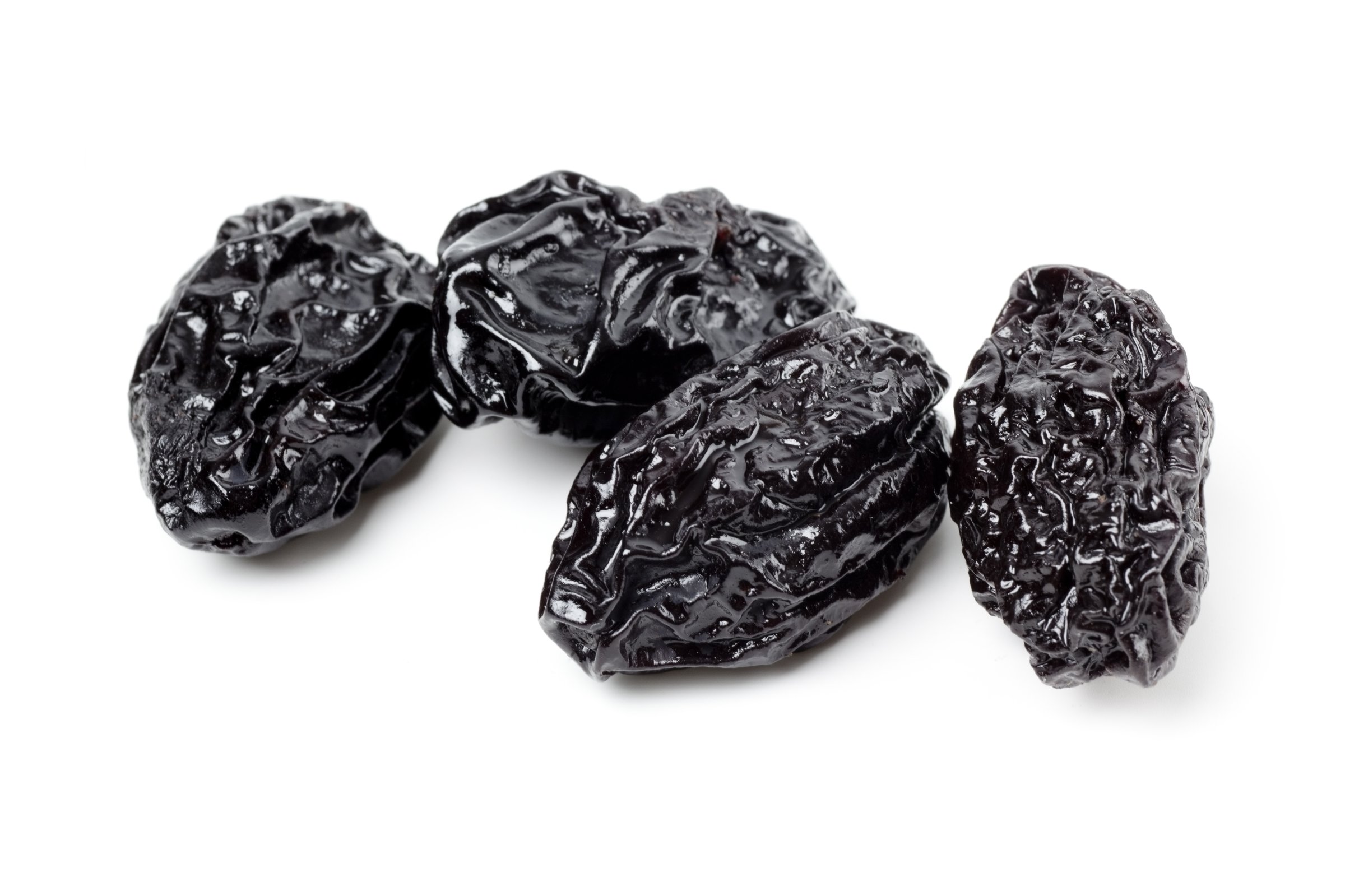
Medical offices might have gone high-tech, but some of the advice you’ll hear there these days rings more nostalgic: Complain of constipation or congestion and you may get an Rx for dried plums (née prunes) or a saltwater gargle. “The more that old remedies pan out in studies, the more likely physicians are to suggest them,” says Philip Hagen, MD, vice chair of the division of preventive medicine at Mayo Clinic. “Part of the drive is the cost of health care—trying these at home could save you a trip to the doctor.” Consider these golden oldies the next time you’re feeling under the weather.
Health.com: Scary Symptoms You Can Relax About
Ginger
For thousands of years, this spice was used to knock out nausea. But unless you went to an Eastern medicine doctor, you weren’t going to hear about it from your MD. Then, along with the 21st century came a string of studies pointing to ginger’s potential to combat nausea related to motion sickness, chemotherapy and pregnancy. “Once the science was there, more doctors were willing to ‘prescribe’ it,” says Patricia Raymond, MD, assistant professor of clinical internal medicine at Eastern Virginia Medical School in Norfolk, Va. Try candied ginger, ginger tea or even ginger cookies the next time that you’re feeling queasy.
BenGay
This pain-easing ointment was always a favorite with athletes but not so much with the average exerciser, mostly because of the medicinal scent. “When I smell menthol, I’m like, ‘Ugh,'” says Renee Acosta, clinical associate professor of health outcomes and pharmacy practice at the University of Texas, Austin. “You don’t want to smell like that at work.” Today, though, medical pros are touting BenGay even to weekend warriors, especially now that it comes in scentless and patch versions. “People are trying to stay active longer, and we want to give them all their options,” Acosta says.
Health.com: 27 Mistakes Healthy People Make
Prunes
Back in the day, the answer to irregularity was prunes, possibly administered from your grandmother’s stash and definitely embarrassing. That changed when, in 2000, the decidedly unsexy-sounding fruit was rebranded as “dried plums.” “They became an easier sell,” Dr. Raymond says, partly due to a growing interest in digestive health and food cures. Recent science has confirmed prunes’ benefits: A 2011 study found that eating 12 a day relieves constipation better than the trendier psyllium supplements.
Pepto-Bismol
Pepto was originally invented to treat infants before it became the ultimate upset-stomach cure for adults. In recent years, however, studies have shown that it works particularly well to treat traveler’s diarrhea—and even to prevent it if taken before a trip.
Salt-water gargle
This headache pill was elbowed out by nonsteroidal anti-inflammatory drugs (NSAIDs), such as Advil. Then the Food and Drug Administration approved Excedrin as the first over-the-counter medicine for migraine symptoms, and it was newly marketed as Excedrin Migraine. “That swayed doctors and pharmacists to look at it again,” Acosta says.
Petroleum jelly
Back in the 1800s, Vaseline was a popular remedy for skin complaints. Though it fell out of vogue in favor of newfangled creams, doctors have a surprising modern-day use for it: applying it to wounds after surgery. “Some patients have allergic reactions to antibiotic ointments, and petroleum jelly works just as well in the absence of infection,” says Stephen Stone, MD, professor of dermatology at Southern Illinois University School of Medicine in Springfield, Ill. You can use it on minor cuts, too.
Adhesive bandages
Speaking of cuts, the pretty recent common wisdom was that they’d heal better if you exposed them to air. “Turns out, we were right decades ago when we said to use adhesive bandages,” Dr. Stone says. They help maintain a moist environment for faster healing.
Health.com: 19 Signs Your Thyroid Isn’t Working Right
Ice
Ice packs are a classic headache-killer. Newer pain relievers may be more effective, but a recent study shows that migraine sufferers get great relief from ice packs—especially when placed for 15 minutes on the front of their neck, over the carotid arteries, rather than on their head. (For best results, try a bag of ice mixed with salt water.) Cool, indeed.
You shouldn’t try: Raw steak on a black eye
A slab of cold beef may feel soothing, but the bacteria on uncooked meat can lead to infection. Better idea: Apply an ice pack for 15 to 20 minutes every hour.
Health.com: The Truth About Internet Food Rumors
You shouldn’t try: Singeing a tick off with a match
“Ticks can be as small as poppy seeds, so you can easily burn your skin,” says Thomas Mather, PhD, director of the University of Rhode Island’s TickEncounter Resource Center in Kingston. It’s far safer to use pointy tweezers to pull the suckers off.
You shouldn’t try: Swigging whiskey for toothaches
“The alcohol was thought to kill bacteria and numb the area, but it doesn’t do either very well,” says Matthew Messina, DDS, a Cleveland dentist and ADA Consumer Advisory spokesperson. “If your tooth pain is bad enough to try this technique, you need to see a dentist in case you have an infection requiring antibiotics or surgery.”
More Must-Reads from TIME
- Donald Trump Is TIME's 2024 Person of the Year
- Why We Chose Trump as Person of the Year
- Is Intermittent Fasting Good or Bad for You?
- The 100 Must-Read Books of 2024
- The 20 Best Christmas TV Episodes
- Column: If Optimism Feels Ridiculous Now, Try Hope
- The Future of Climate Action Is Trade Policy
- Merle Bombardieri Is Helping People Make the Baby Decision
Contact us at letters@time.com